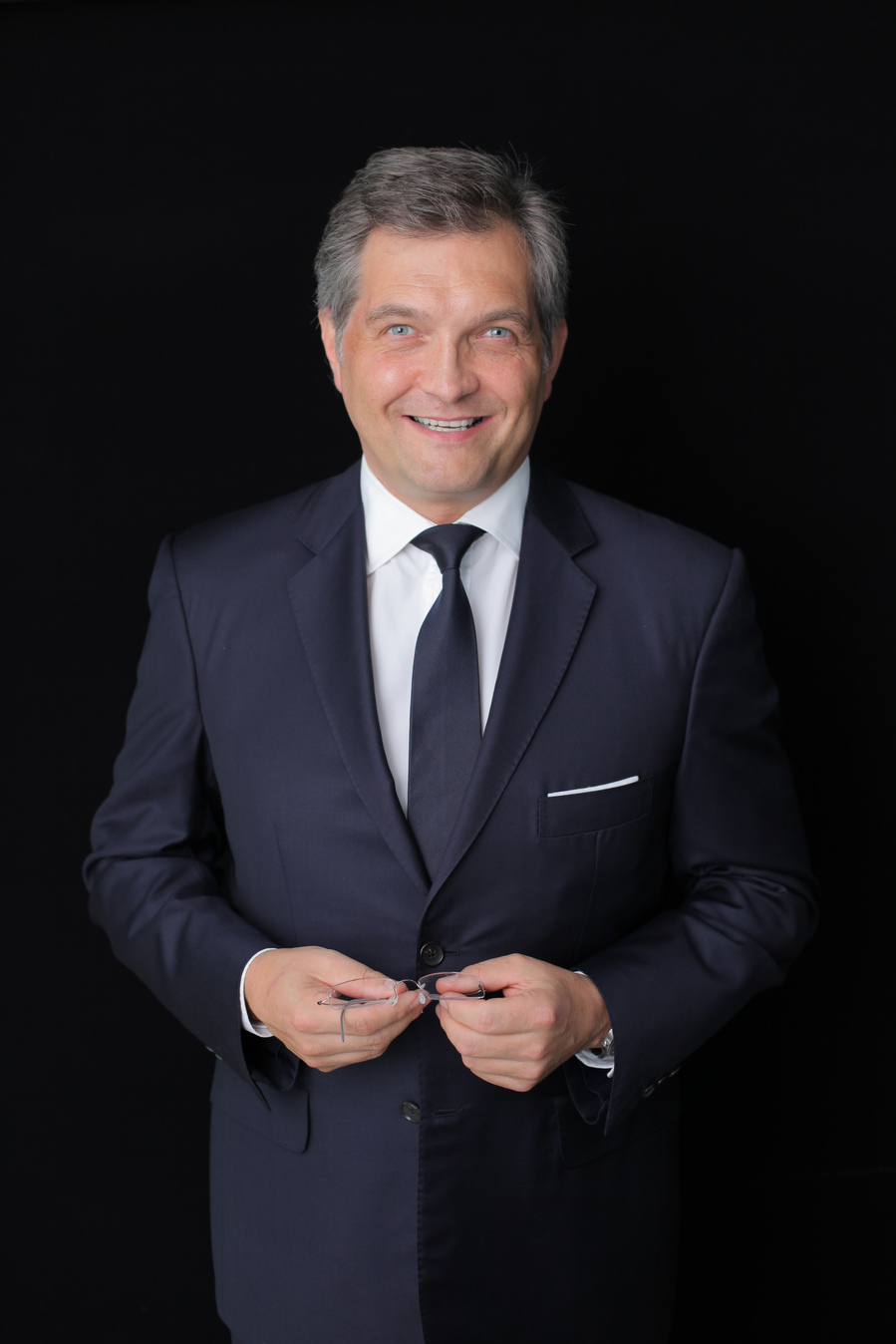
Here are four key areas where he sees great potential for development in the future:
1. Biologic disc replacement. Dr. Hӓrtl works with basic scientists at Weill Cornell to fabricate artificial spinal discs from sheep cells in the in vitro lab. The discs consist of annulus fibrosis and include a nucleus on the inside. The components are created separately and then put together in the lab before implantation. The discs have been implanted in rats as well as larger animals and researchers examine MRI as well as functional outcomes after the procedure when compared with animals that have healthy discs.
"Its basic science at a relatively early stage, but we have interesting and exciting results published in peer review journals," says Dr. Hӓrtl. "We're excited about this going forward. There are a lot of downsides for mechanical implants and using biological implants could offer advantages over the currently plastic discs and fusion."
Other biologics are also making an appearance on the market for early treatment of degenerative disc disease with cell injections. "There is a certain potential of addressing chronic degeneration at an early stage and preventing additional degeneration down the line," says Dr. Hӓrtl. "Tissue engineering and biologics have a big future."
2. Annular disc repair. Another area Dr. Hӓrtl devotes his time is annular disc repair. His team has used tissue engineering to repair injured discs in animals, but they're still a few years away from performing the procedure in patients with herniated discs. The current standard of care for lumbar or cervical herniated discs is removing the herniated section and releasing the patient without repairing the original injury.
"We remove the herniation and leave the defect untreated," says Dr. Hӓrtl. "That can lead to more disc herniations later on or it can lead to chronic back or neck pain. We have found and published in the peer review journals that tissue engineering technology to repair or heal the annular defect in animals is very effective. With tissue engineering we can prevent subsequent degeneration of the discectomy and health and regenerate the damaged discs."
3. 3D navigation. More recently, Dr. Hӓrtl has been examining three-dimensional navigation with spinal instrumentation for minimally invasive procedures. His team is looking for ways to make navigation more user friendly, accurate and safer.
"I think navigation has the potential of being an important component of spine surgery," he says. "So far the technology has not been optimized and a lot of surgeons were disappointed with the initial technology. As a result, they avoided the next generation systems. However, I'm hopeful it will take off once surgeons realize the new technology is more promising."
The three-dimensional navigation can help facilitate complicated surgery, like a GPS for surgeons as well as help avoid wrong site surgery. "I really think navigation and computer guidance will become more popular in the future," says Dr. Hӓrtl. "We are not utilizing enough technology to avoid complications, and that's huge for hospitals right now."
4. MIS procedures. Less invasive procedures are gaining steam among spine surgeons as quality and cost-effectiveness data prove their advantage over open procedures. The data gathered in spine registries will provide a clearer look at how different MIS procedures help patients' health and document their value.
"The verdict on a lot of these procedures is still out," says Dr. Hӓrtl. "There are some procedures that may go away and others will evolve to become more effective than they currently are."
However, as Dr. Hӓrtl embraces minimally invasive surgery, he has also become more conservative in instrumentation use.
"One the one hand, I expanded to operating on new patients who can tolerate MIS surgery and frequently that will involve instrumentation like in the eXtreme Lateral Interbody Fusion approach," says Dr. Hӓrtl. "But on the other hand with MIS I frequently find myself operating on patients with a focused decompression instead of big multilevel fusions. With microsurgery, you don't have to stabilize the spine because the injury you cause with the operation is so minimal."
More Articles on Spine Surgery:
Minimally Invasive vs. Open Spine Surgery: Where the Field is Headed
Computer Modeling in Spine: Innovative Technology Development From The Ohio State University
Strides in Spine Surgery: Where We Are & Where We're Going

